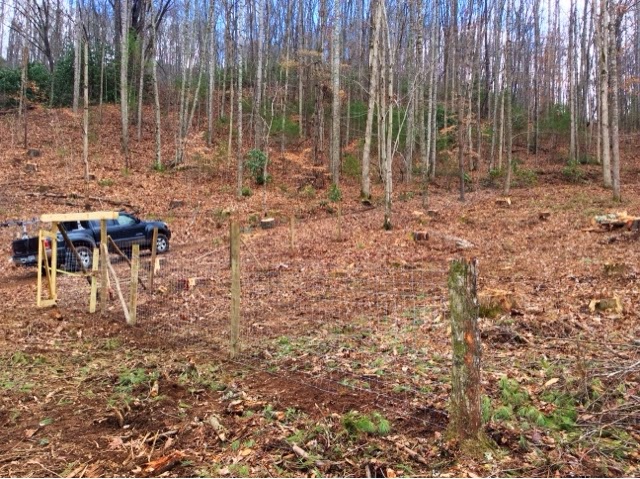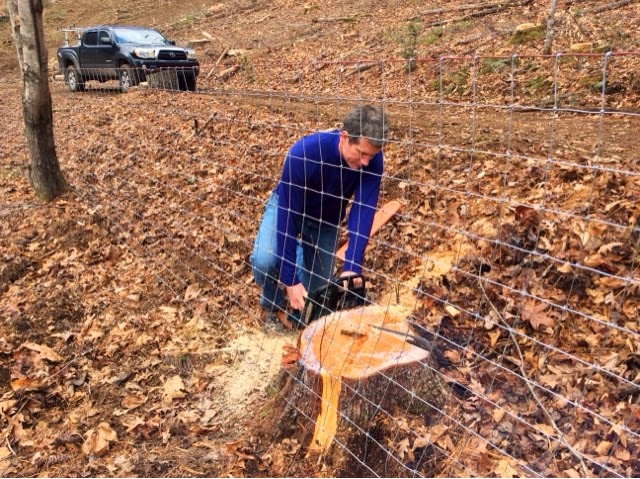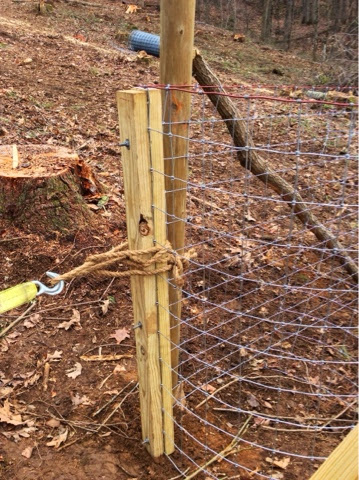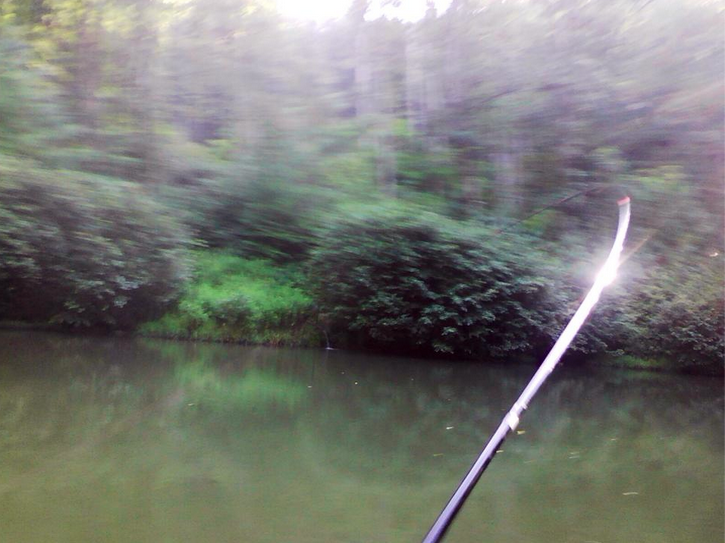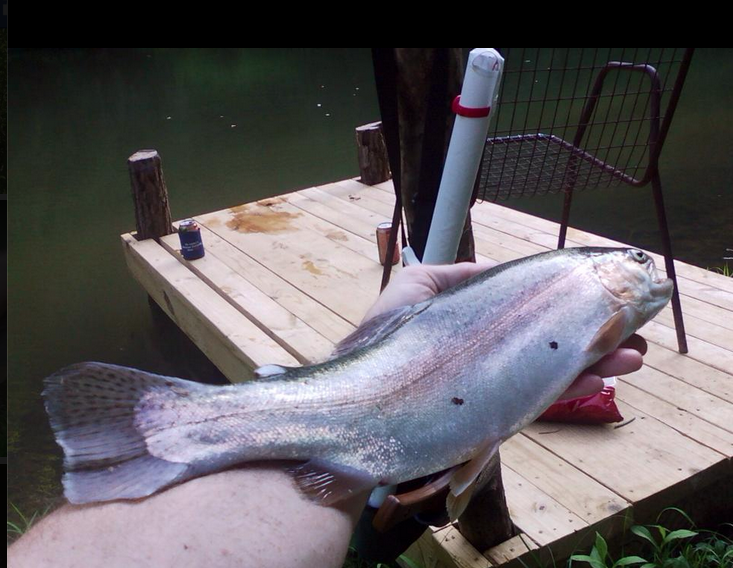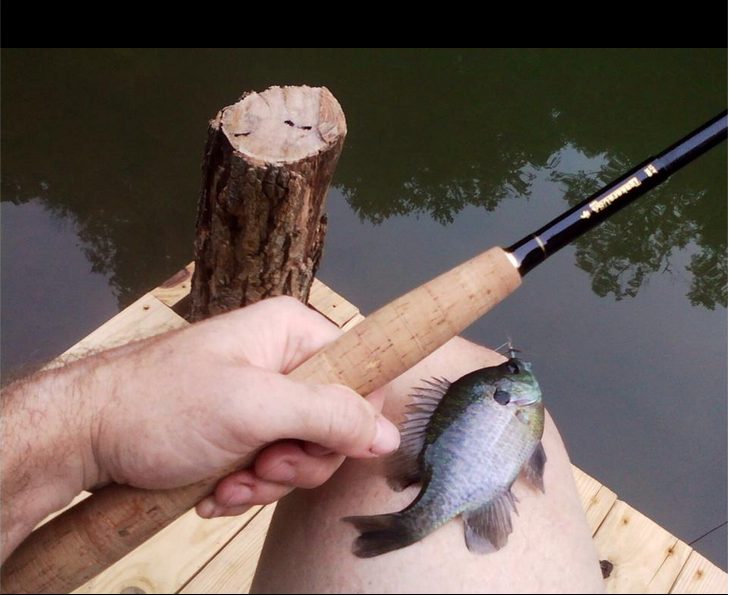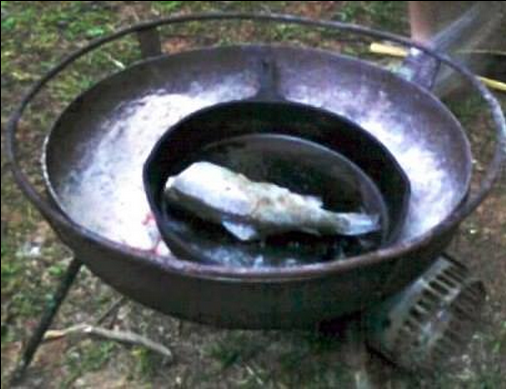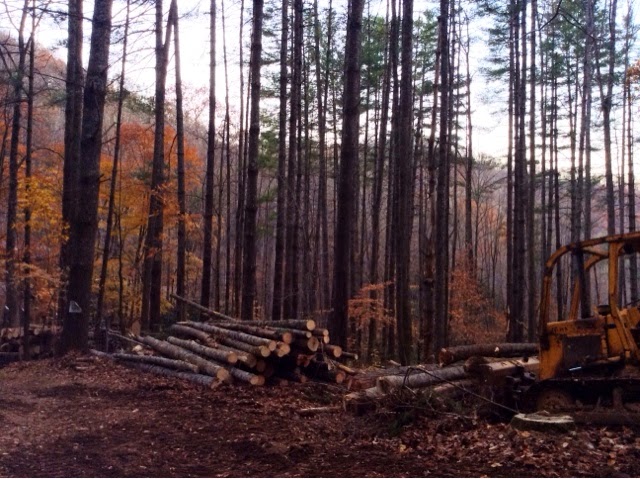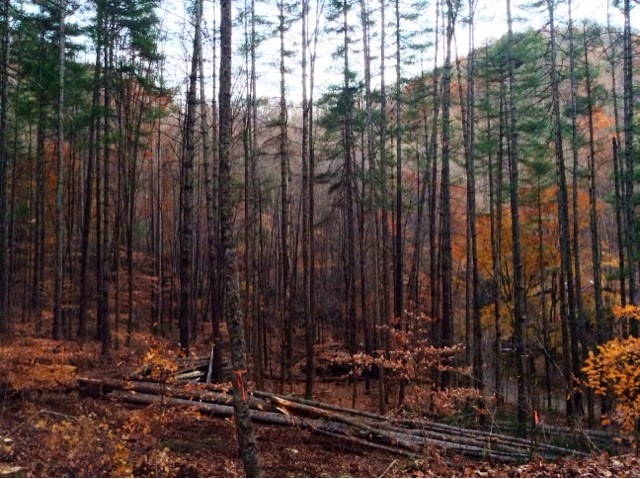Today, revelation. I rode my mountain bike up the 25% grade logging road to a spot just on around the ridge from John Dietz Gap, over which my neighbor and I once rode down and into East Fork and around the whole Little Savannah ridgeline back around to 116, up Little Savannah Valley, up higher our houses. This spot lies vertically down off the top of Wolf Knob, and you can look up and see it from the cabin and the newly cleared land, but not from my house. Today, it was crystal clear. I could see the whole cabin sharply through the winter bones, the bare oaks and poplars.
I could also see where the house sits, although it was invisible to me, tucked into a deep fold and a shadow cast by a small knob between the light beacons of Wolf behind me and Beck directly above the house. The whole valley and larger cove above was still bathed in afternoon sunlight, weak at a low angle from behind the head wall ridge behind us but still cheery; however, the deep notch where sits my house lay cloaked in a finger of dark, at 2:15 PM in late December lengthening like an early encroachment of nighttime into the day. Its upper boundary cut across the logged field and spared the cabin and the upper part of the new clearing. I now know where to put my garden, and I know why we experience such a stark microclimate, with many times more cumulative inches in snow and cool, bug-free evenings in the summer. The frozen winter ground, unheated by radiant sunlight, the frozen surface of ponds, the Coldholler icebox in the deepest recess of a larger, still-cool north-facing cove, that's where we live.
Here's a picture taken by an inferior camera, which I'll replace with a better shot soon in a revision of this post... The cabin was visible to the eye but is lost in blur, but you can see the adjacent new clearing and pasture millimeters above the deep, diagonal shadow that brings us winter during all seasons. I love it there.









